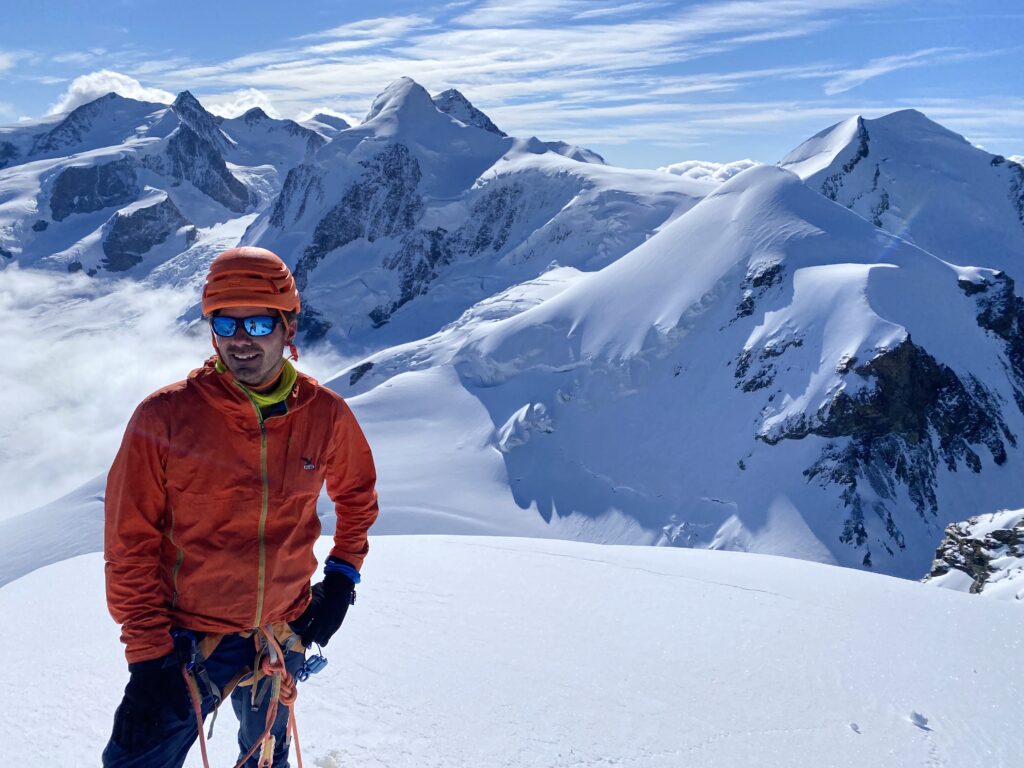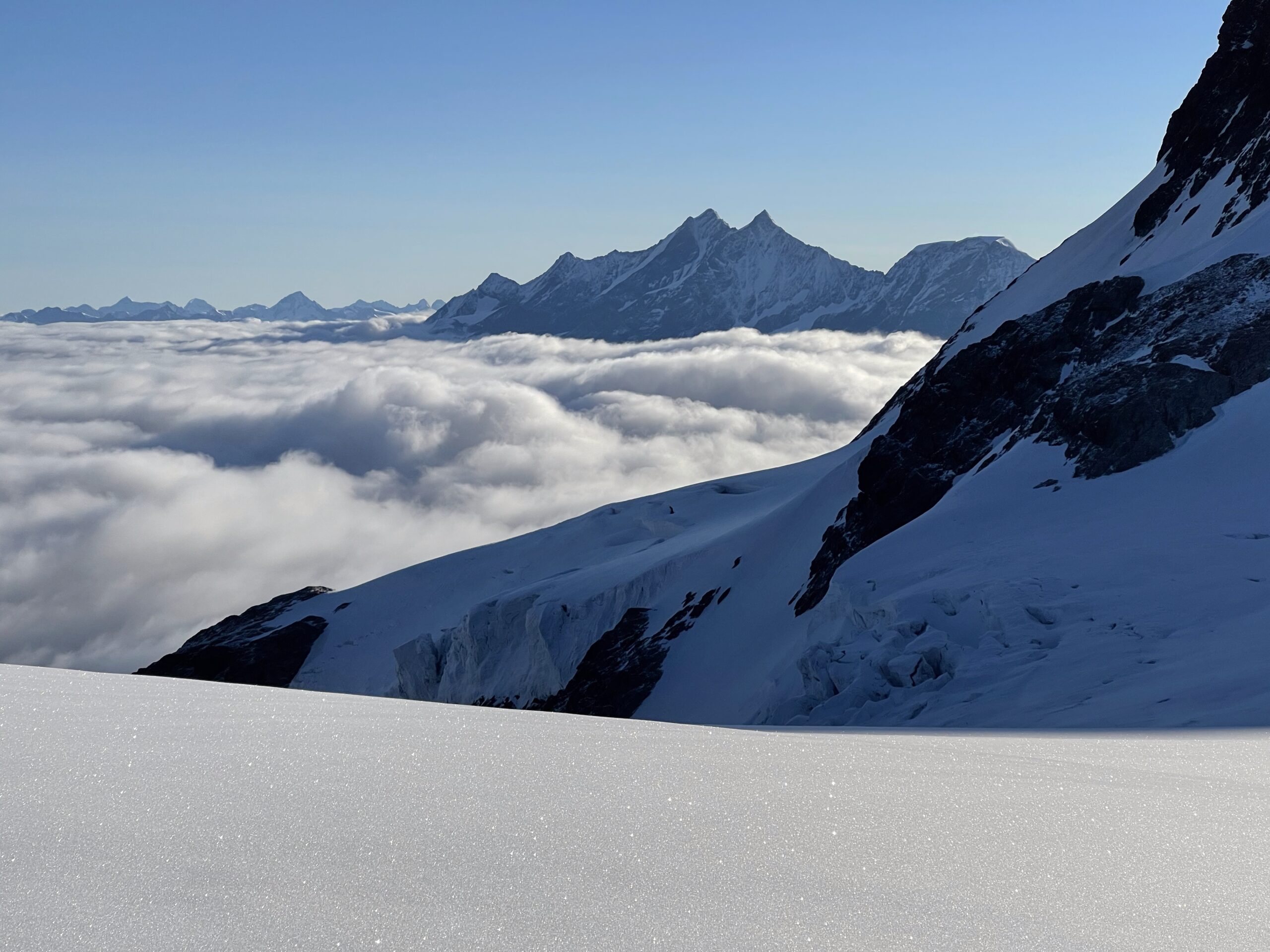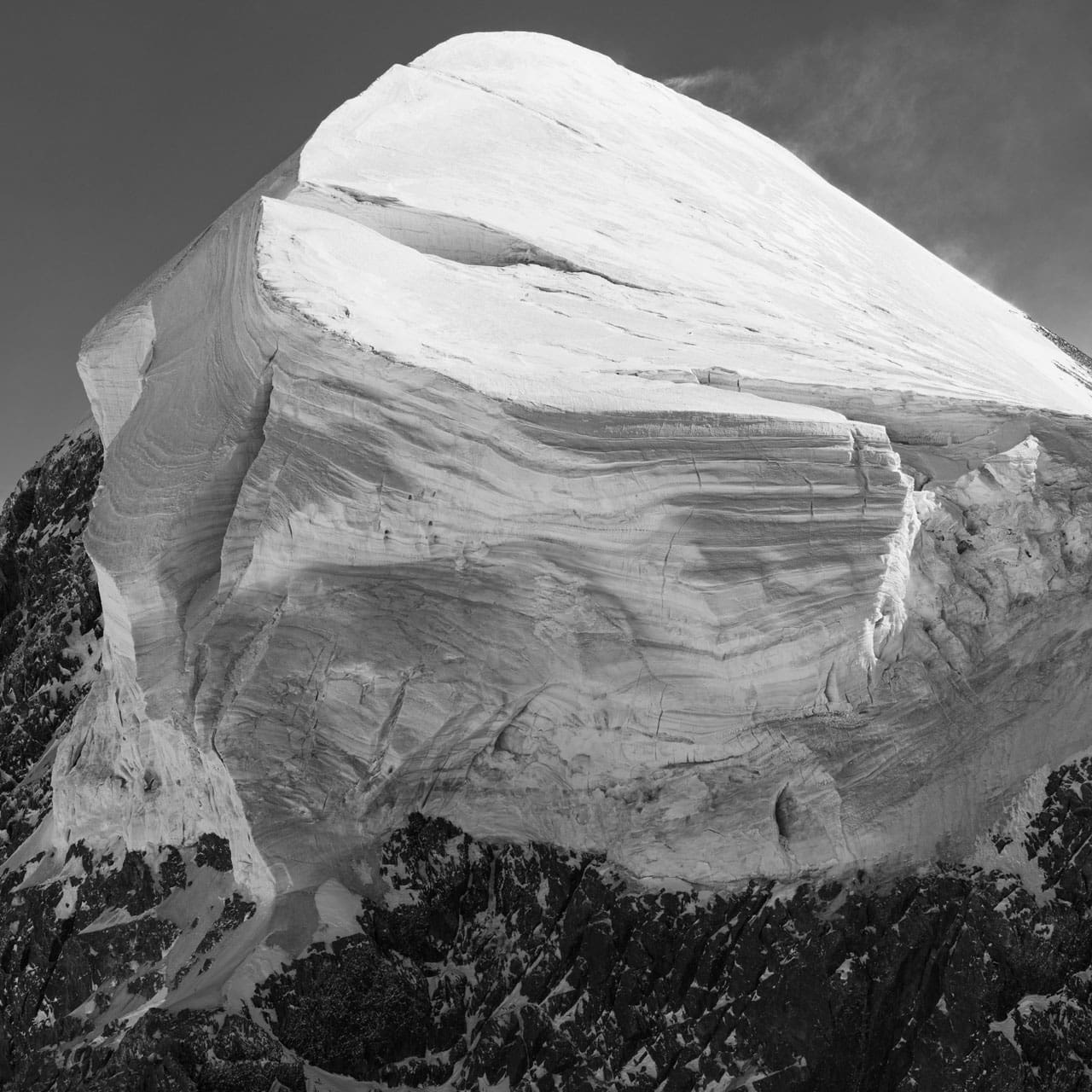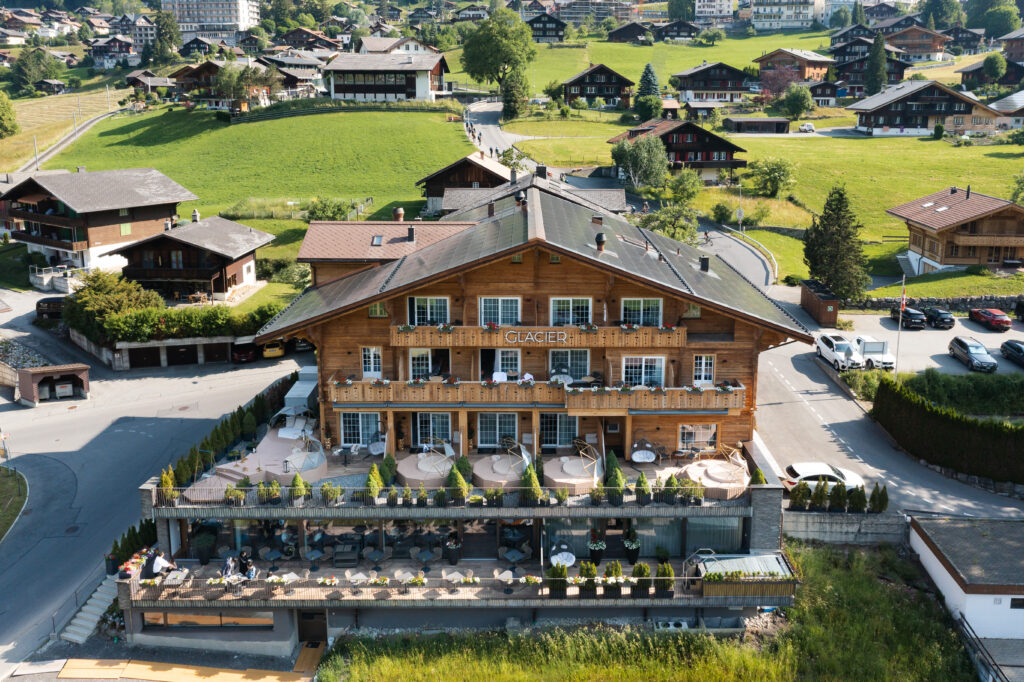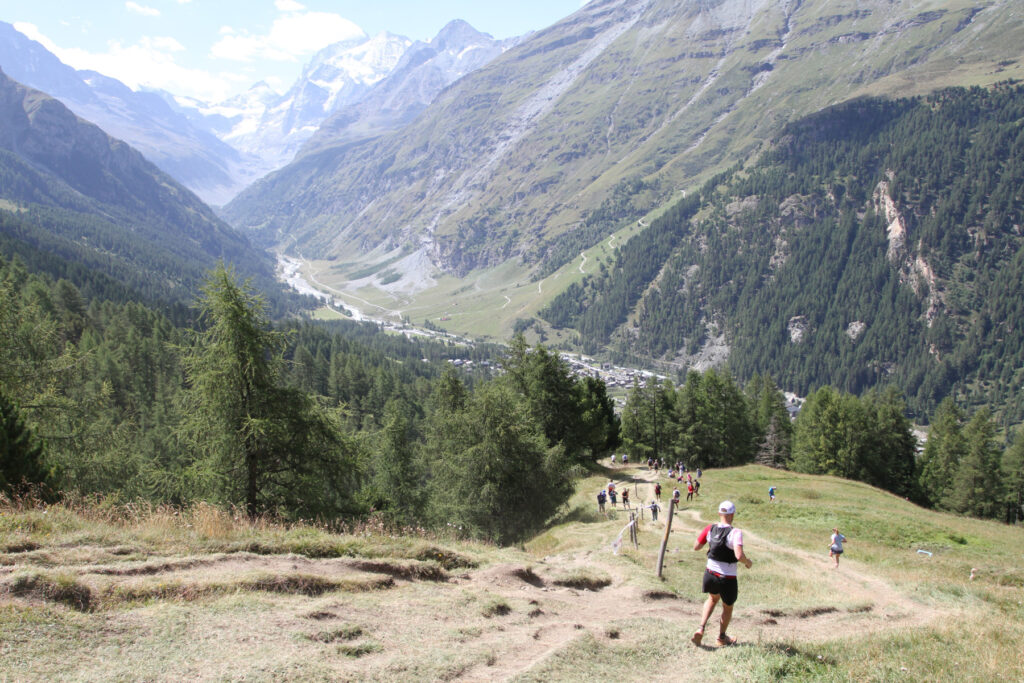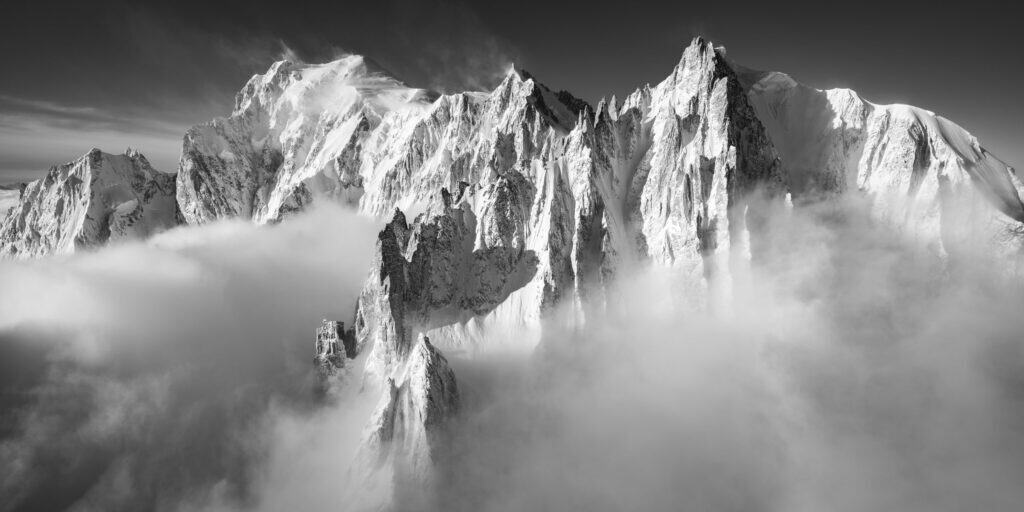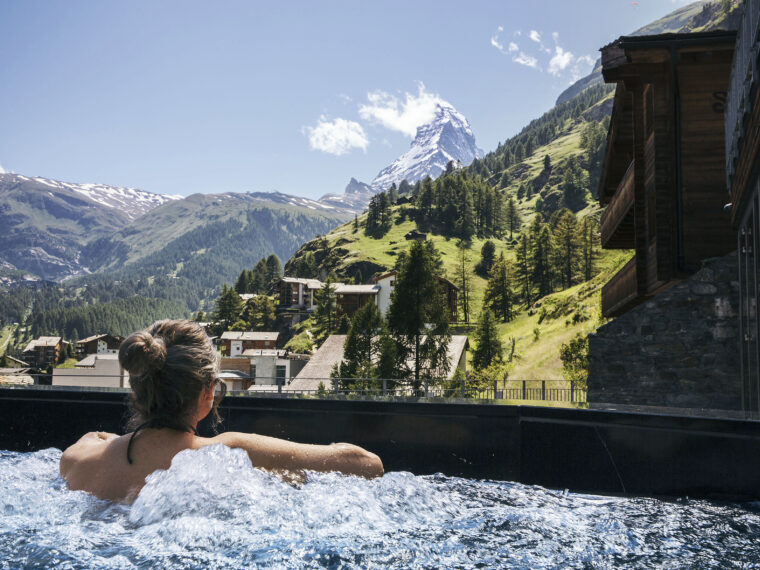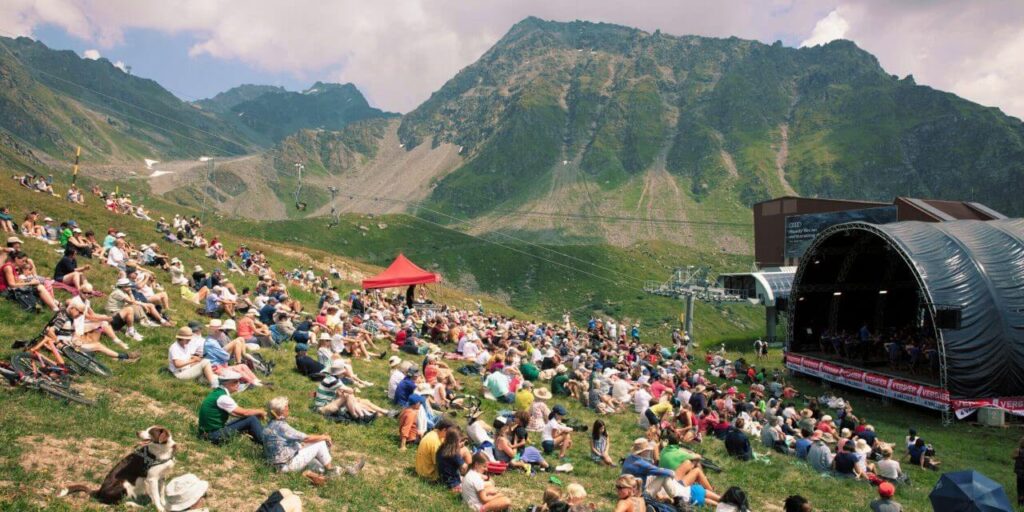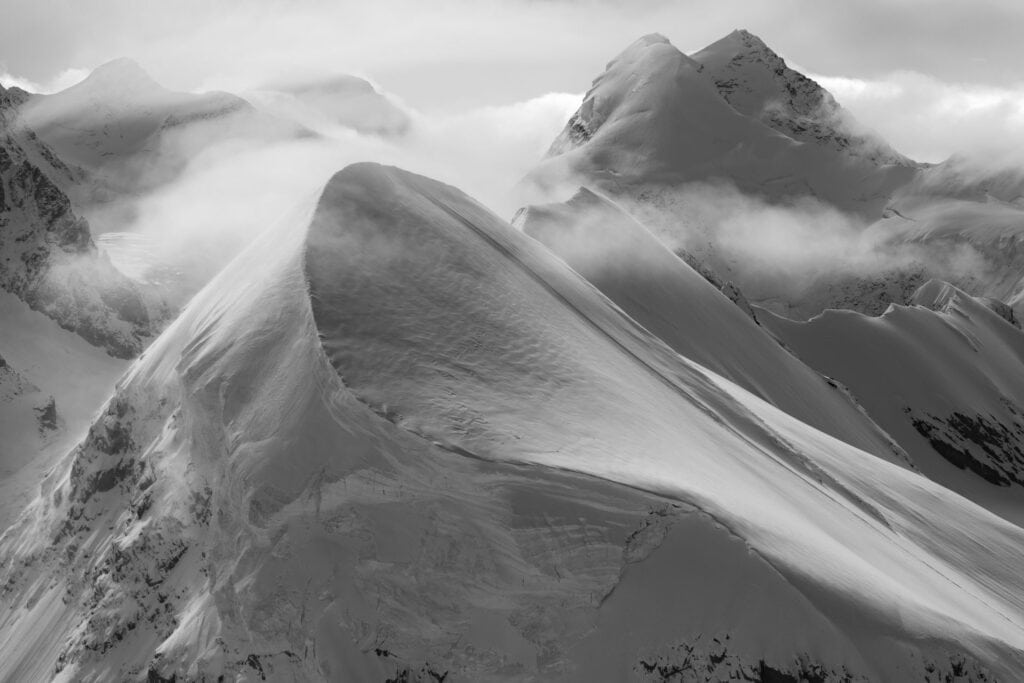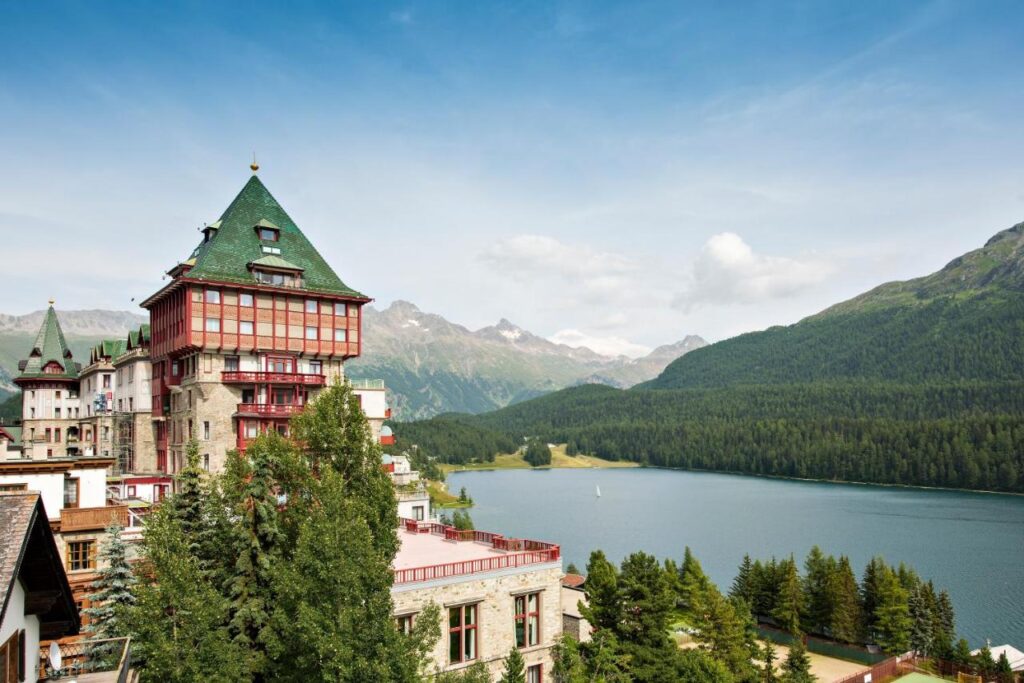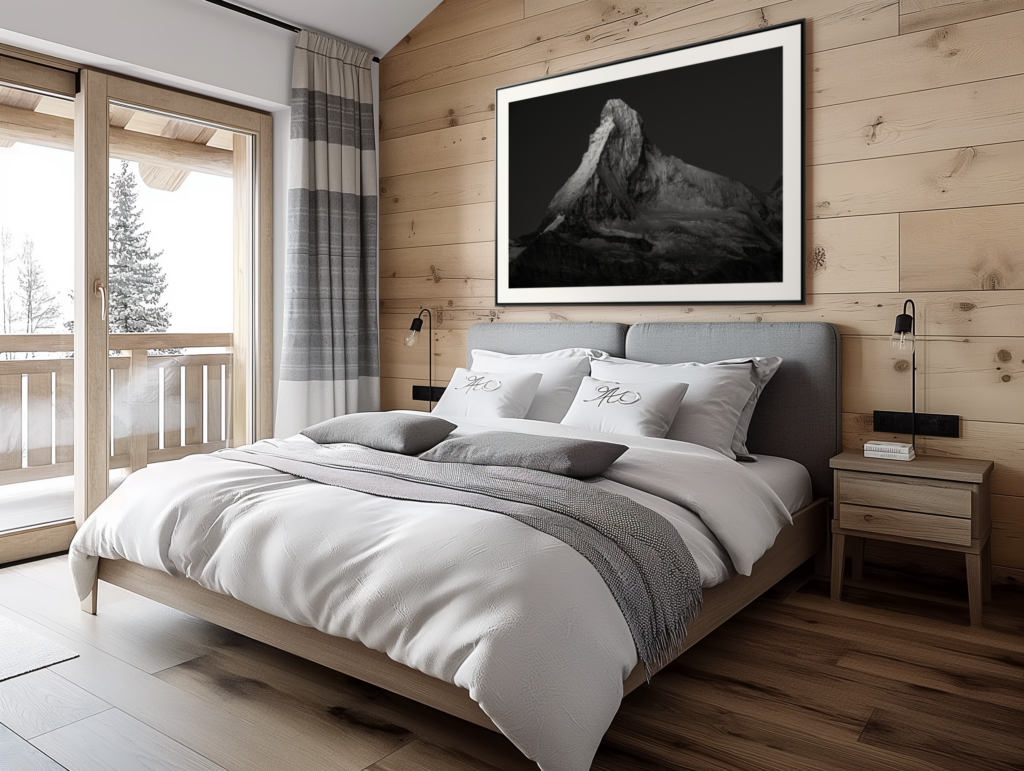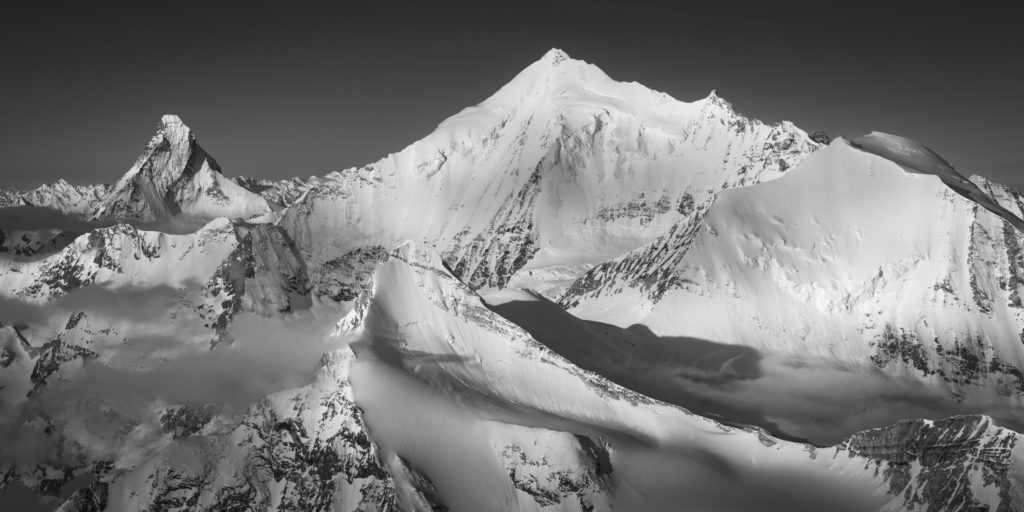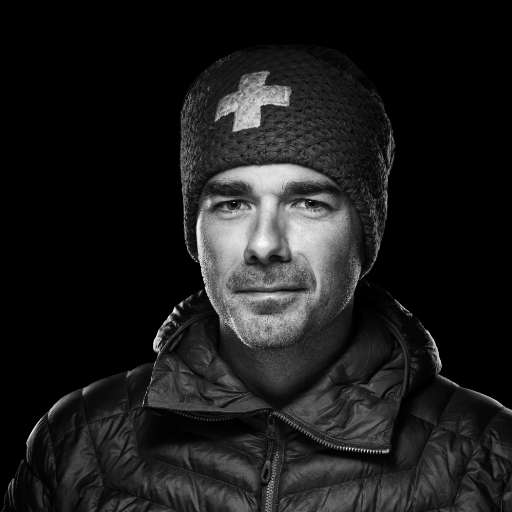Getting started in mountaineering is a fascinating adventure, but one that requires you to choose your first experiences wisely. Of the 82 4000 m summits in the Alps, three are particularly suitable for beginners: Breithorn (4164 m), Bishorn (4153 m) andAllalinhorn (4027 m). This guide gives you a detailed introduction to these summits , ideal for safely discovering the magic of the high mountains.
1. Breithorn (4164 m): The perfect entrance to altitude
Location and history
Located between the Swiss canton of Valais and the Italian Aosta Valley, Breithorn is famous for its exceptional accessibility. Its western summit , the most popular, rises to 4164 meters. Conquered for the first time in 1813, the summit 's popularity soared with the creation of the Klein Matterhorn cable car in 1979, providing rapid access to high altitude.
Recommended itinerary
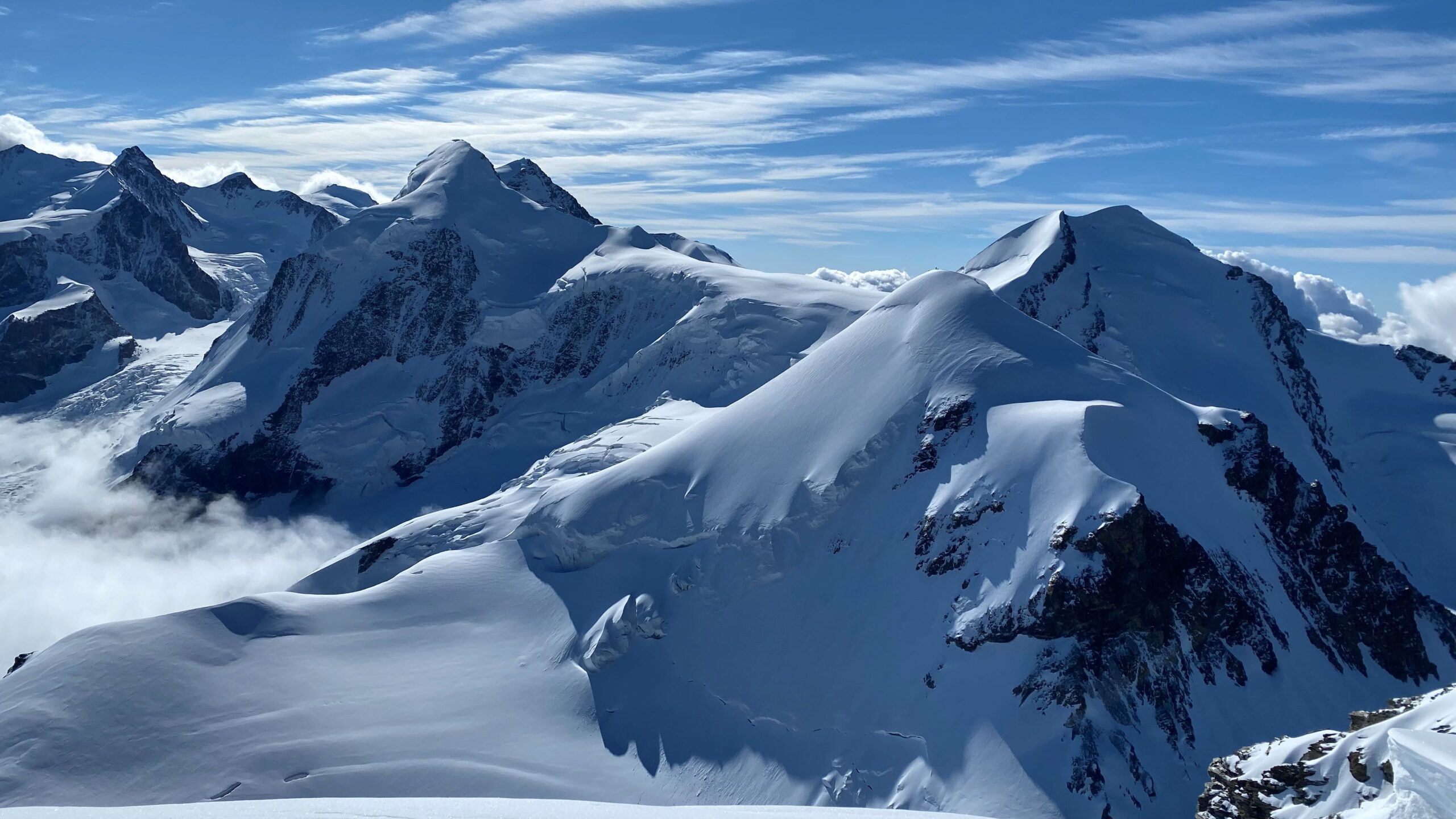
The classic route starts at the Matterhorn Glacier Paradise station at 3820 meters, accessible from Zermatt. The ascent, which takes just 2-3 hours, is on a glacier with few crevasses, and a moderate ascent of 344 meters.
Difficulty and preparation
Rated Easy (F), the Breithorn does not require advanced technical skills, but does require basic mastery of crampons and ice axe. The main difficulty lies in the altitude (risk of acute mountain sickness above 3500 meters). Prior acclimatization is essential.
Highlights for beginners:
- Easy cable car access.
- Low gradient for rapid ascent.
- Ideal conditions for learning basic mountaineering techniques.
Points of attention :
- High summer visitor numbers (up to 200 per day).
- Increased risk of bad weather at altitude.
Practical tip:
Hiring a guide for initial supervision is highly recommended, to help you learn best practices quickly.
2. The Bishorn (4153 m): total immersion in the high mountains
Location and background
Less well known but much appreciated by guides, the Bishorn is located in the Valais Alps, accessible from the picturesque village of Zinal. It offers a more immersive mountaineering experience thanks to the approach on foot and accommodation in the Tracuit hut at 3256 meters.
Classic ascent sequence
- Day 1: 1500 m ascent (approx. 4-5 hours) to the Tracuit refuge, ideal for acclimatization.
- Day 2: Early morning departure (around 4am) for the final 900-metre glacier climb, reaching the summit in 2-3 hours.
Technical and logistical difficulties
The Bishorn (F+) presents no major technical obstacles, but requires good physical stamina for the approach and the long final descent (2400 meters cumulative).
Pedagogical benefits :
- Progression over two days for optimum acclimatization.
- In-depth introduction to glacier climbing techniques.
- Learn about the constraints and pleasures of life in a refuge.
Points of attention :
- Solid physical condition required to manage prolonged effort.
- Fewer immediate rescue facilities compared to Breithorn or Allalinhorn.
Practical tip:
The Bishorn is ideal for mountaineers looking for their first independent, guided experience away from the tourist crowds.
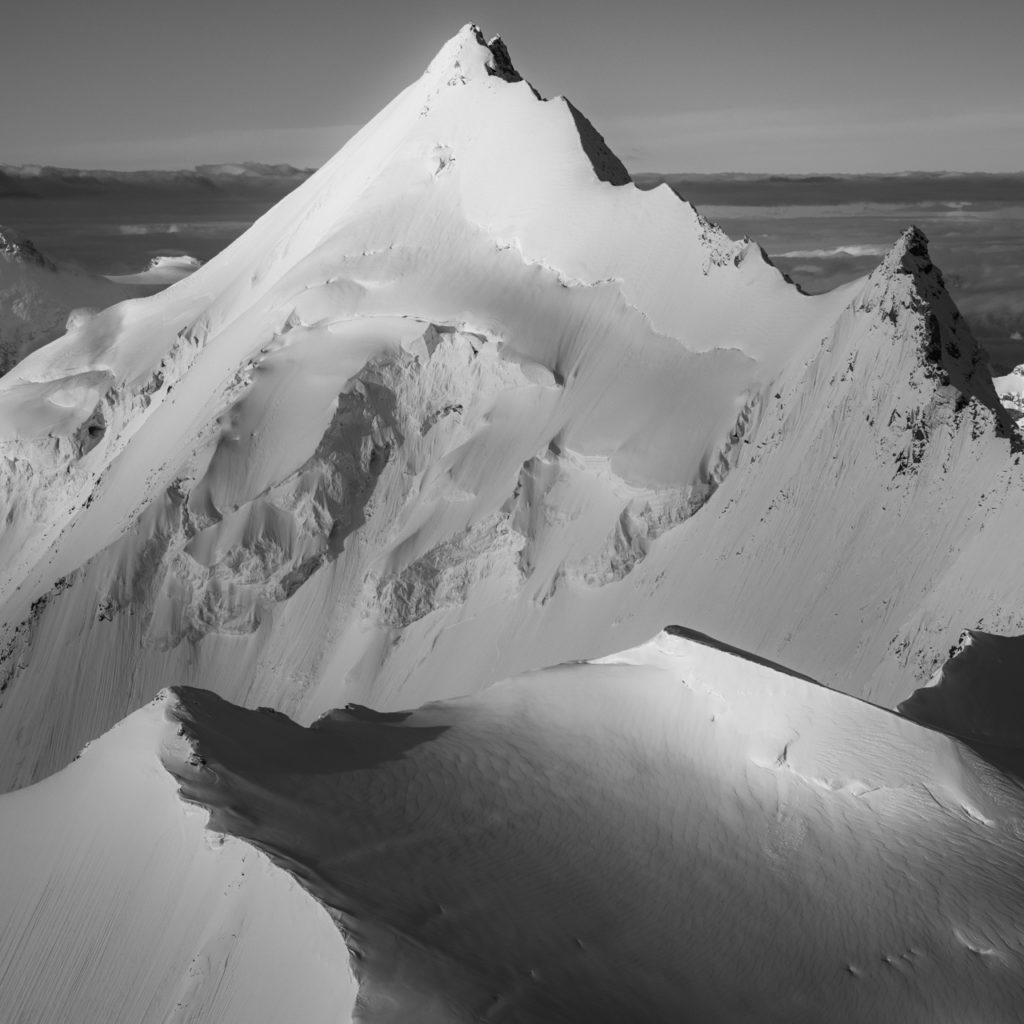
3.Allalinhorn (4027 m): A first moderate technical experience
Location and special features
TheAllalinhorn, culminating at 4027 meters in the Mischabels massif, is accessible from Saas-Fee via the famous Alpine metro, which leads directly to the Mittelallalin station at 3500 meters. It offers an excellent compromise between accessibility and moderate technical difficulty.
Recommended itinerary
The normal route passes over the Feejoch pass at 3807 meters, allowing an ascent of just 527 meters from Mittelallalin. This short distance can be covered in around 2 hours of steady climbing.
Challenges and risks
Classified as Not Very Difficult (PD-), theAllalinhorn has slightly steeper snow slopes (up to 35°) requiring good cramponing skills and particular attention to the seracs near the summit.
Pedagogical strengths :
- Quick access from Saas-Fee, allowing a first day's ascent.
- Sufficiently technical to learn the basics of cramponing on a slope.
- Spectacular panoramic view of the Valais Alps.
Practical recommendations:
- Choose the optimum period between June and September, giving preference to the early season (crevasses are best filled).
- Check weather conditions carefully, as they are often changeable at this altitude.
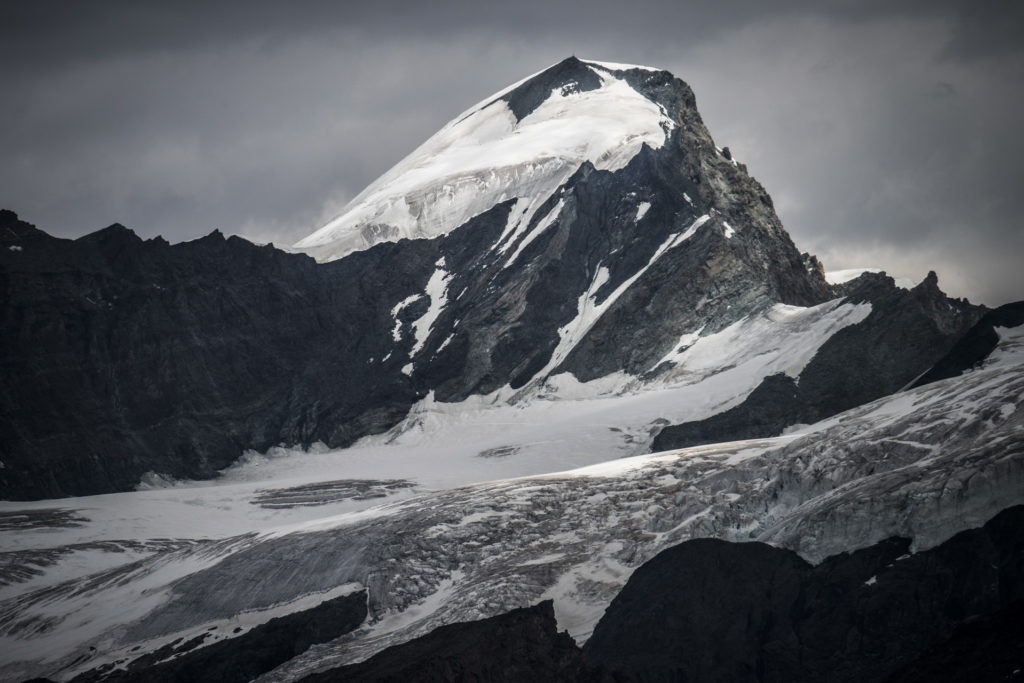
Synthetic comparison of the three summits for starters
| Criteria | Breithorn | Bishorn | Allalinhorn |
|---|---|---|---|
| Altitude | 4164 m | 4153 m | 4027 m |
| Vertical rise | 344 m | 900 m | 527 m |
| Difficulty | F | F+ | PD- |
| Ascent time | 2-3 h | 2-3 h (day 2) | 2 h |
| Framing | Mandatory | Recommended | Recommended |
| Visitor numbers | Very high | Moderate to low | Average |
General physical and material preparation
To maximize your experience, we recommend that you opt for a suitable physical preparation:
- Weekly hikes with 800 to 1000 meters of ascent.
- Regular muscle-strengthening exercises: sheathing, squats.
- Two to three nights of acclimatization above 2500 meters before your ascent.
Essential equipment:
- Technical crampons to match your boots.
- Lightweight ice axe (50-60 cm).
- Helmet, harness, glacier-specific ropes.
- Ergonomic rucksack (30-40 liters) with ice-axe holder.
- Efficient multi-layer system and windproof clothing for high-altitude conditions.
The importance of a professional guide :
To guarantee your safety and make the most of your ascent, we strongly recommend that you hire an IFMGA-certified guide. Your guide will ensure :
- Optimum safety in the face of objective hazards (crevasses, seracs, weather).
- An educational experience to quickly acquire basic technical skills.
- Psychological comfort, making it easier to cope with the stress of altitude and first experiences of the mountains.
Conclusion: Which summit to choose?
The choice between Breithorn, Bishorn and Allalinhorn depends mainly on your personal preferences:
- Breithorn Breithorn: ideal for a quick, technically undemanding introduction.
- Bishorn Bishorn: perfect for those seeking complete immersion in the high mountains with a gradual introduction.
- Allalinhorn Allalinhorn: recommended if you want to combine easy access with a light technical effort and a fast ascent.
Whatever your choice, these summits are the ideal gateway to the fascinating world of mountaineering, in complete safety and beauty.
